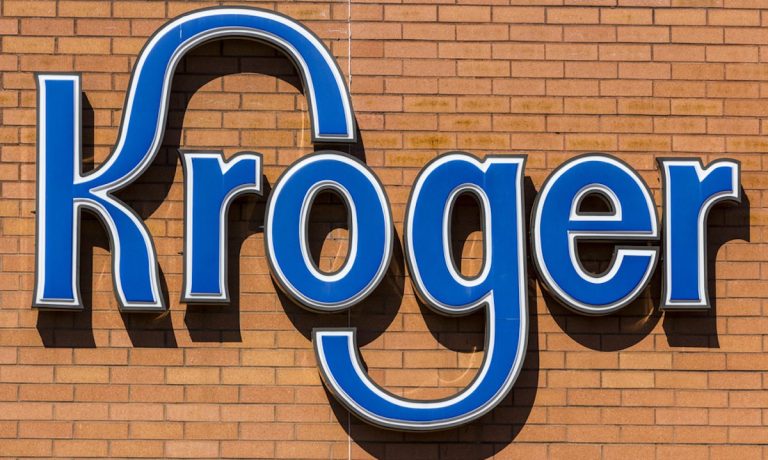The supermarket group announced Monday (Dec. 12) that, across its various supermarket chains, it is partnering with the aggregator to bring floral arrangements and sushi to consumers’ doors, a move to gain a greater share of consumers’ digital spending by expanding its offerings beyond just grocery options.
“By offering customer-favorite sushi options and premium floral bouquets through third-party marketplaces, we are continuing to evolve and meet customers where and how they are shopping,” Stuart Aitken, senior vice president and chief merchant and marketing officer at Kroger, said in a statement. “Providing fresh, affordable products to customers using familiar channels is another step in our commitment to provide anything, anytime, anywhere for every customer, every time.”
With the sushi partnership, the grocer is making a move to gain share of consumers’ meal-ordering budgets from restaurants, and with the floral arrangement partnership, the company expands beyond food into other areas of customers’ lives.
PYMNTS research indicates that brands and retailers that can meet consumers’ needs across as many pillars of the ConnectedEconomy™ as possible — how they eat, shop, pay, live, travel, bank, work, communicate, have fun and stay well — have the advantage over those that stay limited to just one. By building out its delivery options, Kroger is becoming more deeply ingrained in its customers’ lives.
Additionally, the announcement comes as grocers, put in a position where they have to work harder for consumers’ loyalty, are looking to meet more of consumers’ daily needs. Research from the October edition of PYMNTS’ Consumer Inflation Sentiment study, “Consumer Inflation Sentiment: Consumers Buckle Down On Belt-Tightening,” which drew from a survey of more than 2,600 U.S. consumers in September, found that 47% of consumers are switching to cheaper merchants for their grocery purchases.
Advertisement: Scroll to Continue
Get the study: Consumer Inflation Sentiment: Consumers Buckle Down On Belt-Tightening
While the need to go above and beyond for customers has been exacerbated by the current economic slowdown, the push for supermarkets to meet more of consumers’ daily needs has been going on for years, becoming a battleground for differentiation in the highly competitive industry.
For instance, many grocery retailers, including Kroger as well as Walmart and Costco, among others, have been leveraging in-store restaurant and food court options to cover more of their shoppers’ food routines. These efforts have been helped by Instacart in its attempts to gain share from restaurant aggregators by offering on-demand delivery of prepared meals from grocery stores.
Moreover, some grocers are looking way outside of supermarkets’ traditional categories to add more value for customers. For instance, last year, Texas grocer H-E-B announced a partnership to launch in-store jewelry shops, and midwestern grocery Hy-Vee debuted in-store nail salons and fitness showrooms.
Adding a wider range of options can also help grocers combat the recent trend of shrinking average order value.
“The challenge that we’re having a hard time trying to understand is, ‘Is the basket shifting or normalizing because of getting open again and back to normal [or because of inflation]?’” Scott Crawford, chief merchandising officer at FreshDirect, explained in an interview with PYMNTS. “That’s probably the biggest piece that we’re having a harder read on because the basket’s starting to look like 2019. So, 2019 obviously had less units than ’20 and ’21.”
In diversifying beyond food categories, grocers appear to be taking a page from the book of restaurant and grocery aggregators, which have been expanding to everything from printer paper to machetes to bookcases.
